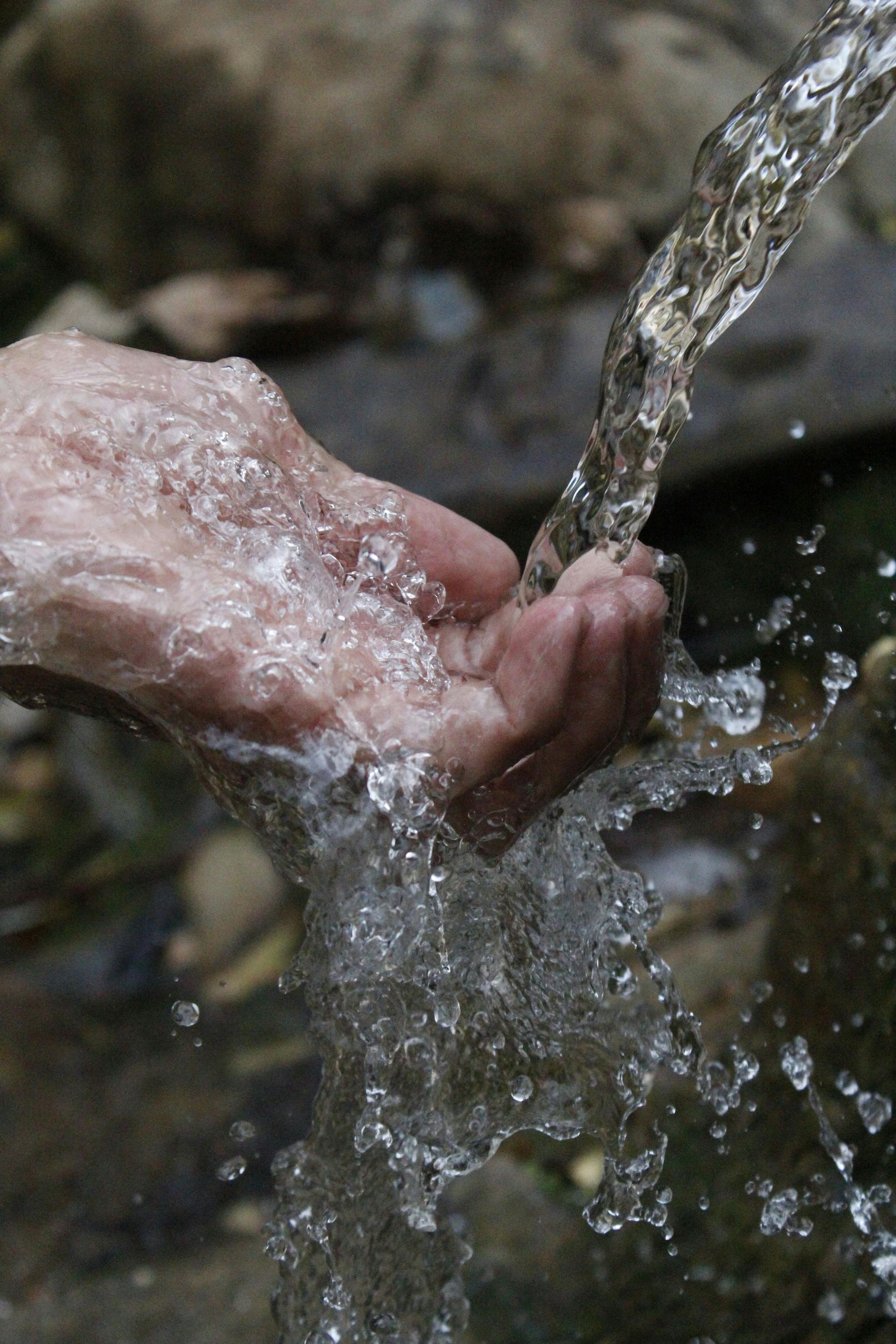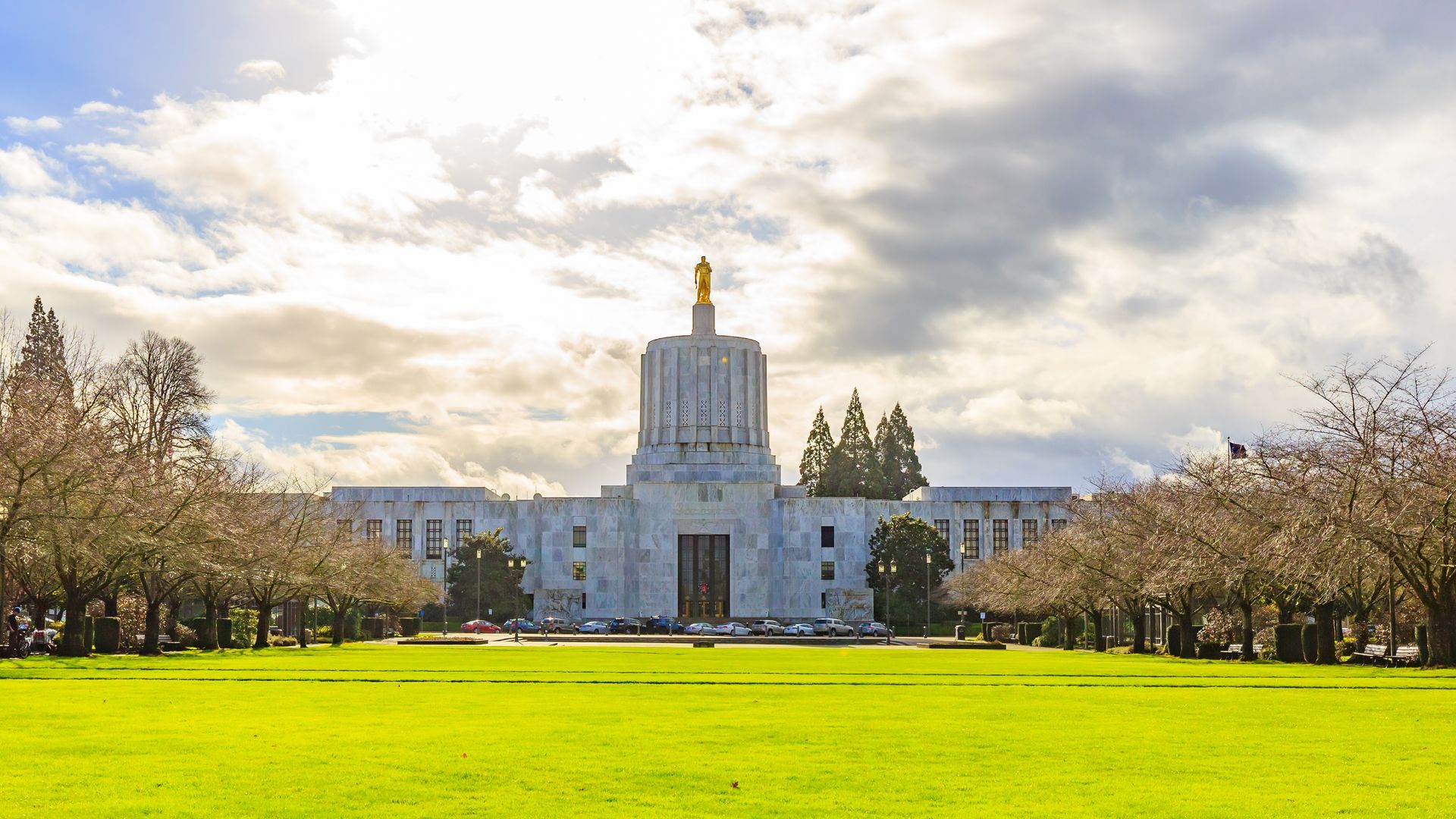Biodiversity and the Law
The term biodiversity refers to the variety of life on Earth, including all living organisms such as plants, animals, and microorganisms, as well as their genetic diversity. Biodiversity is essential for maintaining healthy ecosystems and providing numerous benefits to humans, such as clean air and water, food and medicine sources, and cultural values.
However, with increasing human activities such as deforestation, pollution, overharvesting of resources, and climate change, biodiversity is facing significant threats worldwide. To protect and conserve biodiversity effectively, there are various laws and regulations in place at local, state, and national, levels.
Why Biodiversity Matters
Biodiversity plays a significant role in our daily lives and protecting biodiversity is an essential part of preserving the health of ecosystems that we rely on for clean water, food, and climate regulation. While biodiversity matters for many reasons, some of the main ways biodiversity impacts us include:
- Ecosystem services: Biodiversity provides numerous services that are essential for life on Earth, such as pollination, soil fertility, water purification, and climate regulation. These ecosystem services are crucial for human and animal well-being, as well as sustainable practices for maintaining food and water.
- Economic benefits: Biodiversity offers various economic benefits, including food production, tourism opportunities, and pharmaceutical products. Losing biodiversity would not only have negative impacts on these industries but also on global economies.
- Cultural significance: Nature and biodiversity carries cultural significance for many communities worldwide. It influences traditions, customs, spiritual beliefs, and even local economies. Protecting biodiversity also helps to preserve cultural heritage and promote social well-being.
Laws and Regulations for Biodiversity Conservation
Governments have enacted laws and regulations to protect and conserve various species and ecosystems and address the threats facing biodiversity. These laws aim to regulate human activities that may harm or disrupt natural habitats and wildlife. Some of these primary laws include:
- Endangered Species Act (ESA): The ESA is one of the most influential pieces of legislation protecting biodiversity nationwide. The Act prohibits the taking, trading, or sale of any species designated as endangered or threatened and protects critical habitats for these species by placing restrictions on habitat destruction and requirements for recovery plans.
- Clean Water Act (CWA): The CWA aims to protect and restore the quality of America's waters. The Act regulates point source pollution, such as industrial waste, and non-point source pollution, such as agricultural runoff that can harm freshwater ecosystems.
- National Environmental Policy Act (NEPA): The NEPA requires federal agencies to consider the environmental impacts of their actions and involve the public in the decision-making process. The NEPA is often used to make sure that projects do not have significant impacts on biodiversity and natural resources.
Oregon’s Biodiversity Regulations
Oregon has established several laws that are designed to protect native species and habitats. The state relies on regulations at both the state and federal levels to combat threats to biodiversity.
Enacted to complement the federal Endangered Species Act (ESA), the Oregon Endangered Species Act (OESA) provides additional protections for plants and animals not adequately covered under federal law. The Oregon Department of Fish and Wildlife (ODFW) is tasked with assessing the status of native species and maintaining the state’s endangered and threatened species list.
The OESA prohibits taking, trading, or selling listed species and strives to make sure that activities such as hunting, collecting, or habitat destruction are regulated to prevent harm to vulnerable plants and animals. Specific permits may be required if a proposed project might impact critical habitats or result in incidental harm to protected species.
For example, development projects that could affect wetlands, rivers, or coastal ecosystems often require strict permitting and coordination between state and federal agencies like the ODFW and the U.S. Fish and Wildlife Service.
Additionally, Oregon’s land-use laws contribute to biodiversity preservation. The state’s land-use planning system, established under Senate Bill 100, emphasizes protecting natural resources and open spaces through zoning and land designation. This directly impacts developers or businesses by requiring compliance with local conservation ordinances that prioritize habitat protection.
How Biodiversity Laws May Impact Businesses and Landowners
Biodiversity-related laws are often complex, particularly when multiple layers of federal, state, and local regulations are involved. Businesses venturing into construction, agriculture, or resource extraction may need to conduct environmental assessments to make sure they don't consciously or unconsciously violate laws regarding endangered species or sensitive habitats.
For example, a logging operation in the Oregon Coast Range may be required to conduct a survey for the presence of northern spotted owls, a federally listed threatened species, before commencing work. Failure to address such requirements can result in project delays, fines, or legal action.
Similarly, landowners near protected areas or conservation easements, such as those in the Willamette Valley or Southern Oregon regions, may face restrictions on land use to preserve biodiversity. Agricultural practices that pose runoff risks or industry operations that discharge pollutants or encroach on wetlands will often require strict permitting and regular surveys.
By understanding these regulations beforehand, individuals and businesses can avoid potential legal pitfalls related to biodiversity regulations. At the Law Office of Frank Hammond, we are experienced in helping businesses, industries, and corporations maintain compliance with both state and federal environmental standards.
How Our Firm Can Help
At Law Office of Frank Hammond, we understand the importance of protecting biodiversity and we're committed to helping our clients understand and comply with the state and federal laws that oversee Oregon's ecosystems.
Whether you need help with the strict permit requirements under the Oregon Endangered Species Act, conducting environmental reviews for a development project, or facing enforcement actions from legal and regulatory bodies, we’re committed to helping you understand your obligations and take meaningful steps to ensure compliance.
Our firm works closely with agencies such as the Oregon Department of Fish and Wildlife, the Department of State Lands, and the U.S. Fish and Wildlife Service to make sure your projects align with biodiversity protection goals. Our proactive approach to compliance can help your business minimize risks and avoid costly penalties.
Contact an Experienced Attorney Today
Biodiversity is crucial for sustaining life on Earth and sustaining our daily lives. To ensure its protection, local, state, and national laws and regulations have been established to regulate human activities that may harm or disrupt natural habitats and wildlife.
If you're facing legal challenges related to biodiversity regulations in Oregon or are looking to further your understanding of environmental protections ahead of a business venture or industry project, our experienced attorney at Law Office of Frank Hammond can help.
With a proven track record of success, we have the knowledge and resources you need to better comprehend environmental laws and protect your business interests while promoting biodiversity conservation. Located in Portland, Oregon, we serve clients throughout the surrounding areas, including Eugene, Salem, Bend, Medford, and beyond. Reach out to us to schedule a consultation.









